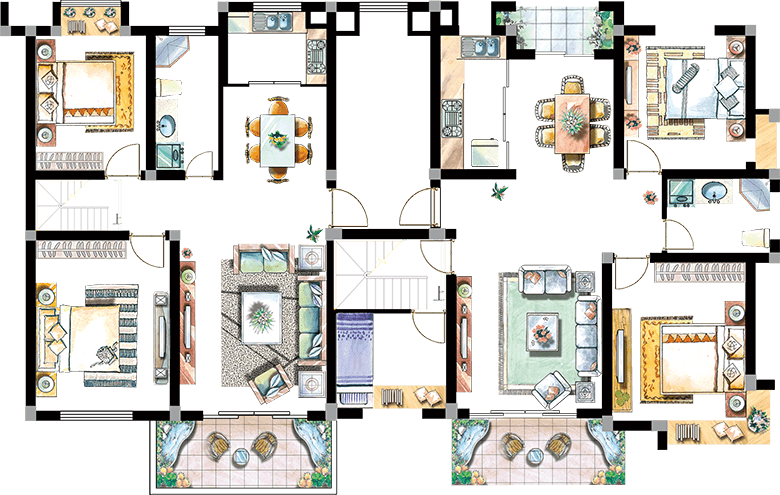Description
Bathroom renovation services from Home Axis Company are dedicated to crafting spaces that provide daily comfort and luxury. The company addresses every aspect, from efficient layouts and moisture-resistant materials to therapeutic elements like spa tubs and rainfall showers.
Intelligent storage solutions and innovative lighting designs are utilized to create a bathroom that is both practical and indulgent. Special attention to luxury details, such as heated floors and towel racks, ensures each moment in the bathroom feels like a spa-like experience.
Features
- Swimming Pool
- TV Cable
Floor Plan


